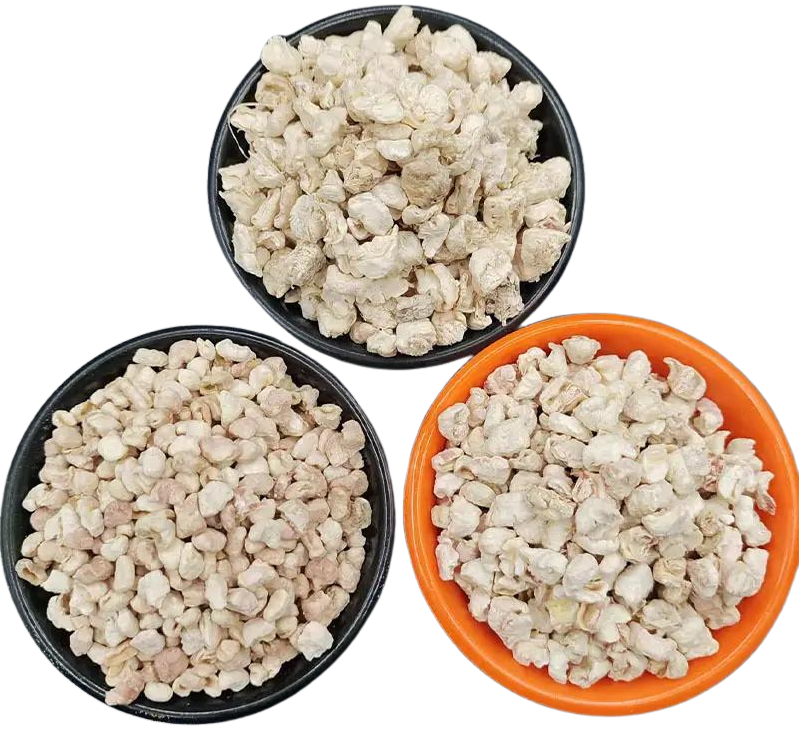
manufacturing of silicon carbide
Manufacturing of Silicon Carbide A Revolutionary Process for Advanced Materials
Silicon carbide (SiC) is a compound widely recognized for its extraordinary properties and applications in various industries. As a semiconductor, SiC has emerged as a critical material in the advancement of electronics, particularly in high-power and high-temperature environments. Its ability to withstand harsh conditions and its superior thermal conductivity make it indispensable in the manufacturing of devices such as MOSFETs, Schottky diodes, and power inverters. The manufacturing of silicon carbide involves several intricate processes, which we will explore in detail below.
Raw Material Sourcing and Preparation
The first step in the manufacturing process of silicon carbide is the sourcing and preparation of raw materials. Silicon and carbon are the primary components of SiC. Silicon can be derived from silica, often obtained from quartz or sand, while carbon is typically extracted from petroleum coke or carbon black. The purity of these raw materials is crucial to ensure the quality of the final product. The raw materials are cleaned and calcined to remove impurities, yielding high-purity silicon and carbon sources.
Synthesis Methods
The synthesis of silicon carbide can be accomplished through several methods, with the most common being the Acheson process, chemical vapor deposition (CVD), and the reaction-bonding method.
1. Acheson Process The Acheson process is the traditional method for producing silicon carbide. This method involves mixing silica and carbon in a graphite crucible and heating the mixture to temperatures around 2000°C in an electric furnace. Under such extreme conditions, silicon and carbon react to form silicon carbide along with some by-products. The resultant SiC can be ground and processed further to obtain various grain sizes suitable for applications ranging from abrasives to electronic components.
manufacturing of silicon carbide

2. Chemical Vapor Deposition (CVD) CVD is a more advanced technique that allows for the growth of high-quality SiC crystals and films. In this method, gaseous precursors such as silane and hydrocarbons are introduced into a reactor chamber under controlled temperatures and pressures. The gas decomposes and precipitates to form a layer of silicon carbide on a substrate. This technique is particularly useful for producing SiC wafers utilized in high-performance electronic devices, as it allows for precise control over the material's properties and thickness.
3. Reaction Bonding This method combines silicon powder and carbon within a mold. The mixture is then heated to induce a reaction that forms silicon carbide. The benefit of this method is the ability to create complex shapes, making it suitable for ceramics and composite materials used in various industrial applications.
Post-Processing and Applications
After synthesis, the silicon carbide material may undergo a series of post-processing steps, including sintering, grinding, and polishing. These processes ensure that the SiC exhibits the desired mechanical and electrical properties. Post-processed silicon carbide can be used in a myriad of applications, ranging from abrasives and cutting tools to advanced semiconductors for electric vehicles and renewable energy systems.
The electronics industry, in particular, has embraced silicon carbide due to its ability to operate at higher voltages, frequencies, and temperatures than traditional silicon. This advantage translates to smaller, lighter, and more efficient power devices, essential for the future of sustainable technology solutions.
Conclusion
The manufacturing of silicon carbide is an essential process that bridges the gap between raw materials and advanced technological applications. With methods like the Acheson process, CVD, and reaction bonding, the production of SiC continues to evolve, meeting the growing demands of various industries. As research and technology advance, silicon carbide is poised to play a pivotal role in powering the next generation of electronic devices and becoming a cornerstone material in the quest for more efficient energy solutions worldwide.
Share
-
Premium Pigment Supplier Custom Solutions & Bulk OrdersNewsMay.30,2025
-
Top China Slag Fly Ash Manufacturer OEM Factory SolutionsNewsMay.30,2025
-
Natural Lava Rock & Pumice for Landscaping Durable Volcanic SolutionsNewsMay.30,2025
-
Custom Micro Silica Fume Powder Manufacturers High-Purity SolutionsNewsMay.29,2025
-
Custom Mica Powder Pigment Manufacturers Vibrant Colors & Bulk OrdersNewsMay.29,2025
-
Custom Micro Silica Fume Powder Manufacturers Premium QualityNewsMay.29,2025






